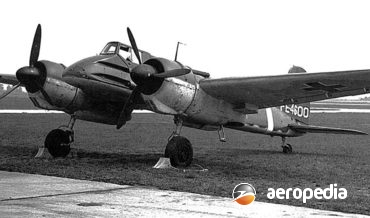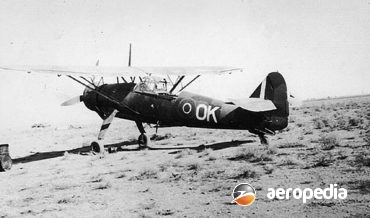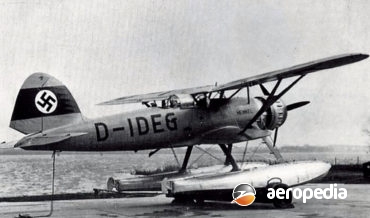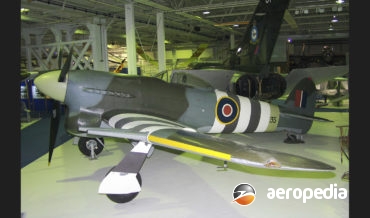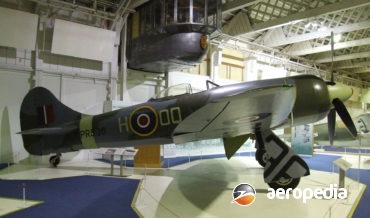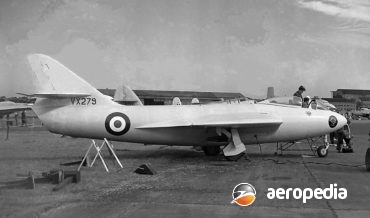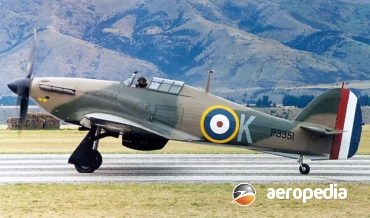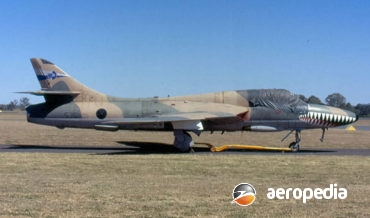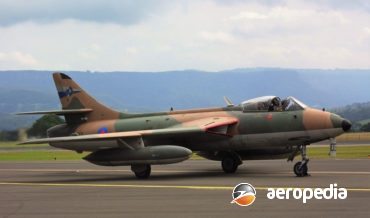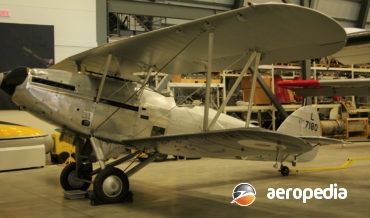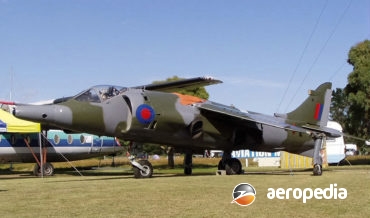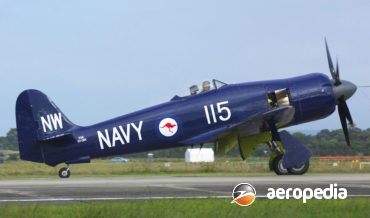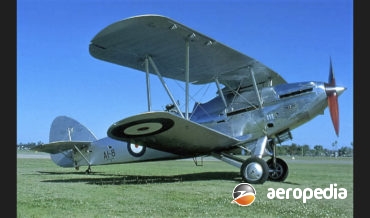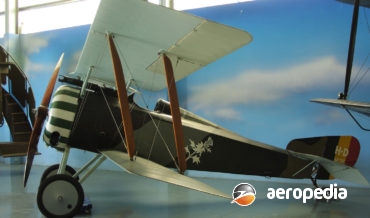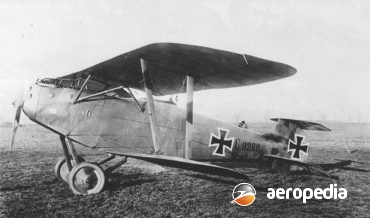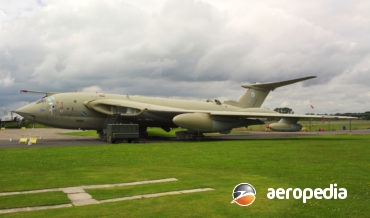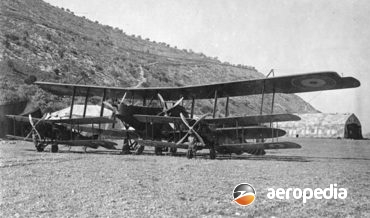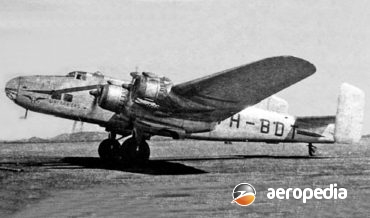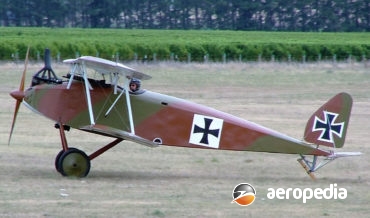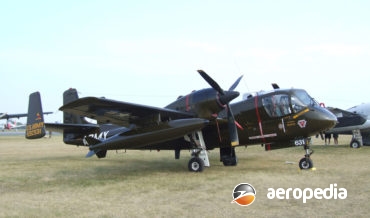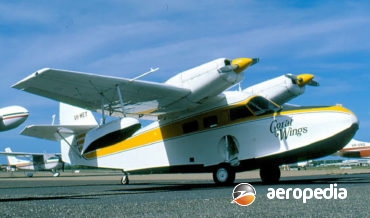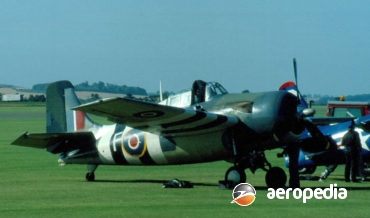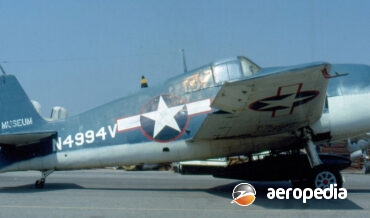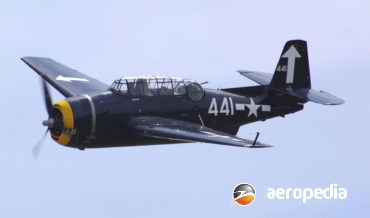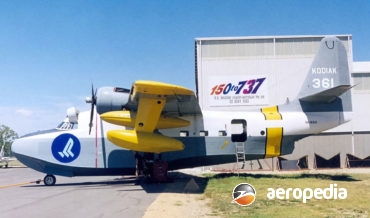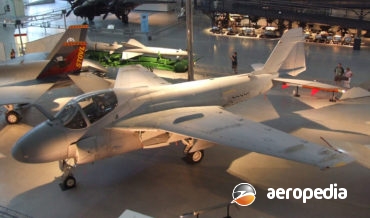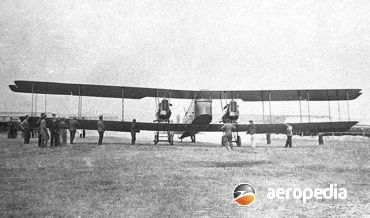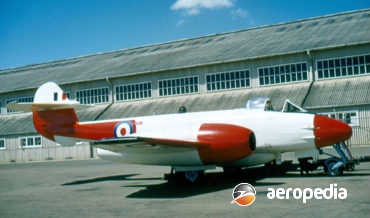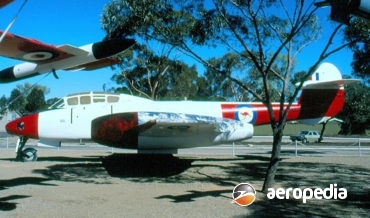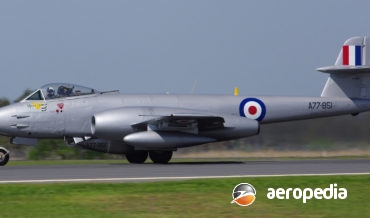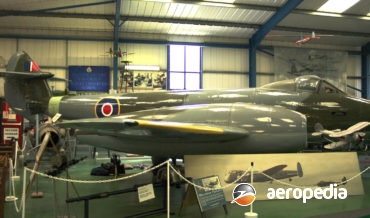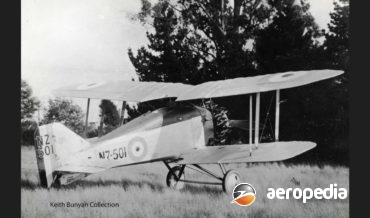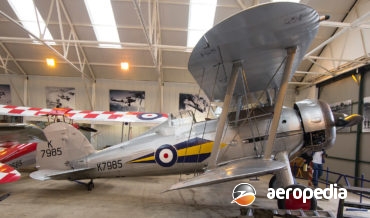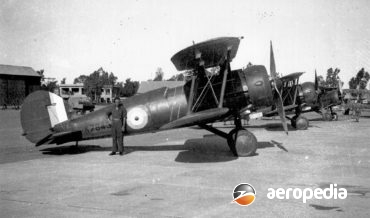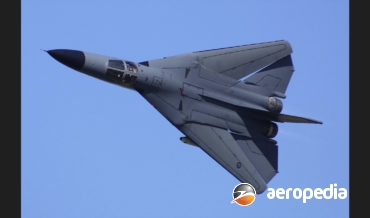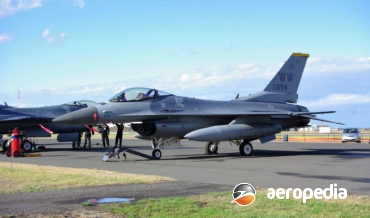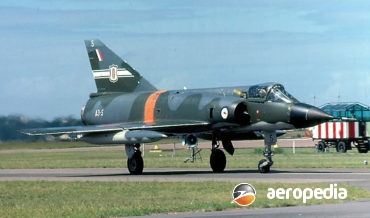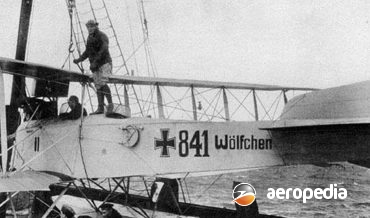All Contents
Contents
The Hs 129 was one of a number of designs put forward to the German State Ministry of Aviation in 1937 for a dedicated close air support aircraft, becoming known as the “winged can-opener.
David C. Eyre
- May 19, 2019
The Hs 126 was designed by Henschel Flugwerke AG at Schonefeld as an Army co-operation aircraft and was eventually used in the multi-role tactical aircraft role.
David C. Eyre
- May 19, 2019
The Heinkel He 114 was a two-seat twin float shipboard reconnaissance seaplane built for the German Navy.
David C. Eyre
- May 19, 2019
The Hawker Typhoon was designed by Sydney Camm as an interceptor fighter to replace the Hurricane.
David C. Eyre
- May 19, 2019
The Tempest was a development of the Typhoon designed by a team lead by Sydney Camm, being a logical development of the earlier aircraft with the Napier Sabre IV engine
David C. Eyre
- May 19, 2019
In 1950 the Australian Government expressed interest in obtaining a new variant of the Hawker P.1052 single seat fighter then under test at the Hawker facility at Kingston.
David C. Eyre
- May 19, 2019
The Hurricane was designed by Sydney Camm to Air Ministry specification F36/34, the prototype (K5083) built at Kingston making its first flight on 6 November 1935, the first production aircraft flying on 12 October 1937, and the first unit to receive the aircraft being No 111 squadron at Northolt.
David C. Eyre
- May 19, 2019
In 1954 Hawker chose to develop a two-seat variant of the Hunter, the prototype (XJ615) flying for the first time on 8 June 1955, a production order being placed for 55 aircraft with the designation Hunter T.7.
David C. Eyre
- May 19, 2019
Following the cessation of hostilities in World War II, Hawker initiated design of a private project single-seat fighter (known as the P-1067) powered by a 6,500 lbst Rolls Royce AJ65 axial flow turbojet fitted with two 30 mm Aden cannon.
David C. Eyre
- May 19, 2019
In 1934 the British Air Ministry foresaw the problems that may later occur in Europe and decided upon a major expansion programme for its military services, one of the fruits of this plan being the Hawker Hind light bomber, designed as an interim replacement for the Hawker Hart, which had
David C. Eyre
- May 19, 2019
After many years of research into vertical take-off and landing (VTOL), on 21 October 1960 Hawker Siddeley flew, tethered, the P.1127 (XP831), a single-seat fighter designed around the Bristol Siddeley Pegasus engine which had four rotating exhaust nozzles to provide vertical and horizontal flight.
David C. Eyre
- May 19, 2019
The Hawker Sea Fury was the last piston-engine fighter-bomber to be manufactured in quantity in the United Kingdom.
David C. Eyre
- May 19, 2019
The lack of potent fighter aircraft was evident in the United Kingdom in 1930 when, during exercises, the Hawker Hart bombers of the RAF were too fast for the then RAF fighter aircraft, the Armstrong Whitworth Siskin, to intercept.
David C. Eyre
- May 19, 2019
In 1916 the Societe Anonyme de Appareils d’Aviation Hanriot built a fighter for operations in World War I, this aircraft, the HD-1, being designed by Emile Dupont and it was the company’s first fighter design.
David C. Eyre
- May 19, 2019
Prior to World War I Hannoversche Waggonfabric AG was known for building railway rolling stock for the various railway in Europe, and in 1915 it was directed by the German Government to commence production of aeroplanes for the armed services.
David C. Eyre
- May 19, 2019
The prototype of the HP.80 Victor (WB771) made its first flight on 24 December 1952 but the programme suffered a setback when, on 14 July 1954, during a low-level run at Cranfield the ‘structural rigidity of the tail was slightly reduced by a minor fatigue failure’ causing the tailplane to
David C. Eyre
- May 19, 2019
The O/400 (Handley Page HP.12) was a development of the O/100, which was built to the requirements of the British Admiralty
David C. Eyre
- May 19, 2019
One of the most important bombers of World War II, a total of 6,179 Handley Page Halifax’s had been built by time the production ended, having been built by Handley Page (1,592), English Electric (2,145), London Aircraft Production Group – LAPG (710); Rootes Securities (1,071) and Fairey Aviation (662).
David C. Eyre
- May 19, 2019
The Halberstadter Flugzeugwerke, formerly the German office of the Bristol & Colonial Aeroplane Company, produced a series of fighter aircraft for the German Airforce prior to and during World War I.
David C. Eyre
- May 19, 2019
On 4 December 1952 Grumman Aircraft flew the prototype of what was, for many years, one of the most important anti-submarine aircraft in the western inventory.
David C. Eyre
- May 19, 2019
The Grumman OV-1 Mohawk was developed for the US Army for the observation role, according exceptional visibility to the two man crew and able to carry a variety of cameras, radar and infra-red detection systems for photo-reconnaissance and electronic surveillance.
David C. Eyre
- May 19, 2019
The Grumman G44 Widgeon fours eat light twin-engine, high-wing cabin monoplane amphibian was flown in prototype form for the first time in July 1940.
David C. Eyre
- May 19, 2019
The definitive prototype of the Wildcat, known by the manufacturer as the G-36, flew for the first time on 2 September 1937 under the designation XF4F-2.
David C. Eyre
- May 19, 2019
One of the most successful fighter aircraft of World War II, the Hellcat was a development of the Wildcat fitted with a Double Wasp engine providing 1,492 kw (2,000-hp), the prototype, the XF6F-1, flying at Bethpage on 26 June 1942, the second prototype, the XF6F-3 flying six weeks later on
David C. Eyre
- May 19, 2019
Leroy Grumman was born on 4 January, 1885 in New York and learnt to fly in 1918, becoming a test pilot and engineer at the US Naval Aircraft Factory in 1920.
David C. Eyre
- May 19, 2019
In April 1940 the US Bureau of Aeronautics placed a contract with Grumman Aircraft Engineering Corporation for the construction of two prototypes of a three-seat carrier-borne torpedo bomber known as the XTBF-1.
David C. Eyre
- May 19, 2019
In 1944 Grumman commenced design of a successor to the successful Goose amphibian and, known as the G-64 Albatross, the first of two prototypes flew on 24 October 1947.
David C. Eyre
- May 19, 2019
The Intruder is a twin-engine, two-seat, all-weather strike aircraft tht was built in some numbers for operations from US Navy aircraft carriers and entered service in 1963.
David C. Eyre
- May 19, 2019
The G.V was one of a series of long-range heavy bombers built by Gothaer Waggonfabrick A G Gotha in Germany which produced the type in some numbers during World War I, the series also being licence built by Luft Verkehrs GmbH (LVG) and Siemens Schuckert Werke GmbH.
David C. Eyre
- May 19, 2019
When the Royal Air force commenced retirement of the Meteor F Mk 4 fighter it looked at converting a number to target drones to help develop ground and air-launched guided missiles and it was decided to convert a number to be used as expendable targets that could be tested to
David C. Eyre
- May 19, 2019
In 1948 Armstrong Whitworth re-designed the Gloster Meteor as a two-seat night fighter and in this regard it fitted the Rolls Royce Derwent 8 in the NF-11 and the Derwent 9 in the NF-12 and NF-14.
David C. Eyre
- May 19, 2019
The prototype of the Gloster Meteor fighter was flown for the first time on 5 March 1943. It was the first jet fighter to enter service with the Allies, and thus the type was in service during the closing stages of the conflict against Germany.
David C. Eyre
- May 19, 2019
In 1940 the design staff at Gloster Aircraft commenced design of an operational jet fighter to meet specification F.9/40, the aircraft built being the only Allied jet aircraft to see operational service during World War II. On 7 February 1941 the British Ministry of Aircraft Production placed an order for
David C. Eyre
- May 19, 2019
The Grebe was designed by H P (Harry) Folland for the Gloster Aircraft Company, this company originating in 1917 as the Gloucestershire Aircraft Company which, at a plant near Cheltenham, established itself by building wooden aeroplanes for the RFC, and later the RAF.
David C. Eyre
- May 19, 2019
The Gladiator was the last single-engine biplane fighter built for the RAF and, although obsolescent by the commencement of World War II, it enjoyed some success. Designed by a team lead by H P Folland, it was an extensively refined development of the Gauntlet.
David C. Eyre
- May 19, 2019
The Gauntlet was the last open-cockpit fighter biplane to see service with the RAF, first entering service in May 1935.
David C. Eyre
- May 19, 2019
On 21 December 1964 the first F-111 flew at Carswell Air Force Base, Texas. It was the product of 25 million man-hours of planning, design, and construction, and 2,100 hours of wind-tunnel testing.
David C. Eyre
- May 19, 2019
The F-16 series was designed as a small, lightweight agile fighter for the US armed services and is one of the most prolific aircraft of its type in the world.
David C. Eyre
- May 19, 2019
The Mirage III emanated from Dassault’s Mirage I, which was powered by two 1,640 lbst Armstrong Siddeley Viper turbojets with provision for a rocket motor in the rear fuselage.
David C. Eyre
- May 19, 2019
Friedrichshafen Flugzeugbau GmbH was founded in 1912 in the town of that name on Lake Bodensee, this area being famous for its construction of the Zeppelin airships.
David C. Eyre
- May 19, 2019
Recent Comments
Archives
Categories
- No categories
Categories
- No categories
Latest Posts
Newsletter

